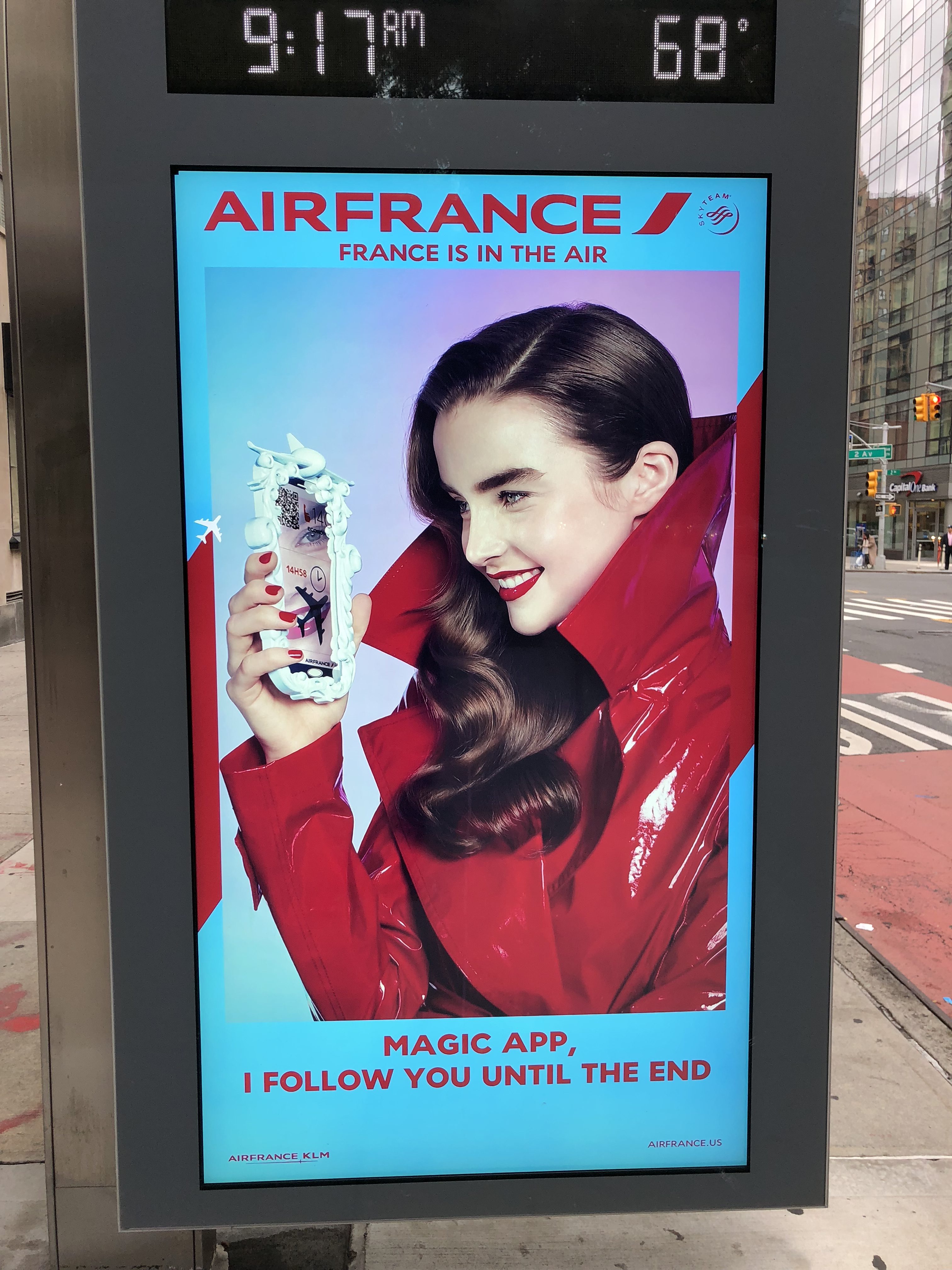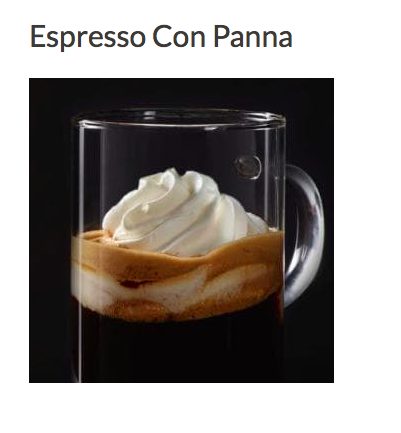I was very curious to read an article in this week’s The Economist about the “return” of billboards. Did they ever go away? Not really, but the “new” billboards adapt to a new technology that permits them to be anything but static.
Not the ones at Times Square that I, after six years living in New York City, still contemplate in awe, as if I was five, or perhaps a first time visitor to the City. These billboards are gigantic. Millions of neon lights welcoming you to that one spot in the City where everyone seems to congregate, including comic characters like Wonder Woman and Batman, and also Mickey and perhaps Pluto.
Billboards have never stopped mesmerizing us. Take a road trip across the country and a lot of the information you will get will be via billboards. You don’t have to connect, or press a button, as the information stares at you as you pass by.
The Economist tells us that billboards are an old but booming medium, with references to such current brands as BuzzFeed, espn and Vice, making use of billboards for their marketing. It is interesting to note that the new style billboards embrace digital technologies. Most are not static. And that makes them trendy and profitable.
Most forms of conventional advertising—print, radio and broadcast television—have been losing ground to online ads for years; only billboards, dating back to the 1800s, and tv ads are holding their own (see chart). Such out-of-home (ooh) advertising, as it is known, is expected to grow by 3.4% in 2018, and digital out-of-home (dooh) advertising, which includes the lcd screens found in airports and shopping malls, by 16%. Such ads draw viewers’ attention from phones and cannot be skipped or blocked, unlike ads online.
Please read the article and you will be surprised by how new billboard design is accompanied by “programmatic” advertising methods, a term that describes the use of data to automate and improve ads”.
Billboards are not the only traditional medium taking advantage of the technology of today. When I think of those popular podcasts, I think radio.
By the way, earlier this week I blogged about those mesmerizing Air France billboards that make the runner stop to take a look.

Then there is radio.
To me, what podcasts do is similar to what Starbucks has done with coffee. Coffee is an old bean, consumed since the 15th century. Yet, Starbucks managed to rediscover coffee, to make it chic, give it fancy names and charge a high price, as in a cup of Espresso con Panna for $4.75 Ouch. Yet, we all pay for this.
Podcasts are the equivalent of that Espresso con Panna. Sort of radio broadcasts with whipped cream on top.

I am getting into podcasts slowly, and I am enjoying The Daily from The New York Times. During the US Midterm Elections, I found myself getting quite addicted to podcasts. I could listen why doing something else. The Daily is 20 minutes a day, five days a week, hosted by Michael Barbaro.

Perhaps that is why billboards and podcasts (radio) are never out of fashion. We could always be doing something else and getting information from them. Multitaskers through the years have admired these platforms.
The future of podcasts? I think I will add them to my 2019 predictions as a form of storytelling that will grow more popular in the year ahead. Yet, industry observers are still skeptical about the monetization of podcasts, asking this question:
Will it continue along the path of music streaming, where all podcasts are available everywhere on free, ad-supported tiers? Or, will it follow the path of streaming TV into paid subscription services with exclusive content?
Yet, the figures are encouraging: The annual InfiniteDial survey by Edison Research tracked that the percent of Americans over age 12 who listen to a podcast in a given month grew steadily from 9 percent in 2008 to 26 percent (or 72 million people) in 2018. Fifty-four million Americans, or 17 percent of those over 12, are weekly podcast listeners with a mean weekly listening time over 6.5 hours.
By the way, the Financial Times reports that audio is proving an effective way to attract young audiences, that according to the publisher,
“So much, so that in the last three months the publisher has ramped up its marketing of subscriptions to its podcast listeners, 60 percent of whom are between 22 and 37 years old.”
What it means for people in the newsroom?
Whether it is billboards or podcasts, those of us who are involved in newsroom transformations need to learn two lessons here:
-there is more competition for our audience’s time.
-we can take the familiar medium and adapt it to what’s new.
The prominent use of smartphones also means that we have great opportunities to put our brands in front of this audience. They will read our push notifications and react to them; they will become addicted to our newsletters and use curated content to guide their choices of what to read; they will also listen to podcasts that we prepare on specific topics for niche audiences. And, yes, they will be mesmerized by those high tech billboards they see on the side of the road.
The multi-platform visual storyteller’s role has never been more important.
As I prepare my course for the next semester at Columbia University, I know that a lot of what I will present to students on that first day of class was not even a thought when I taught the course last semester. We must view this rapid change with optimism and with a great desire to adopt it and to celebrate it.
When the old adapts happily with the new good things can happen.
TheMarioBlog post #2950